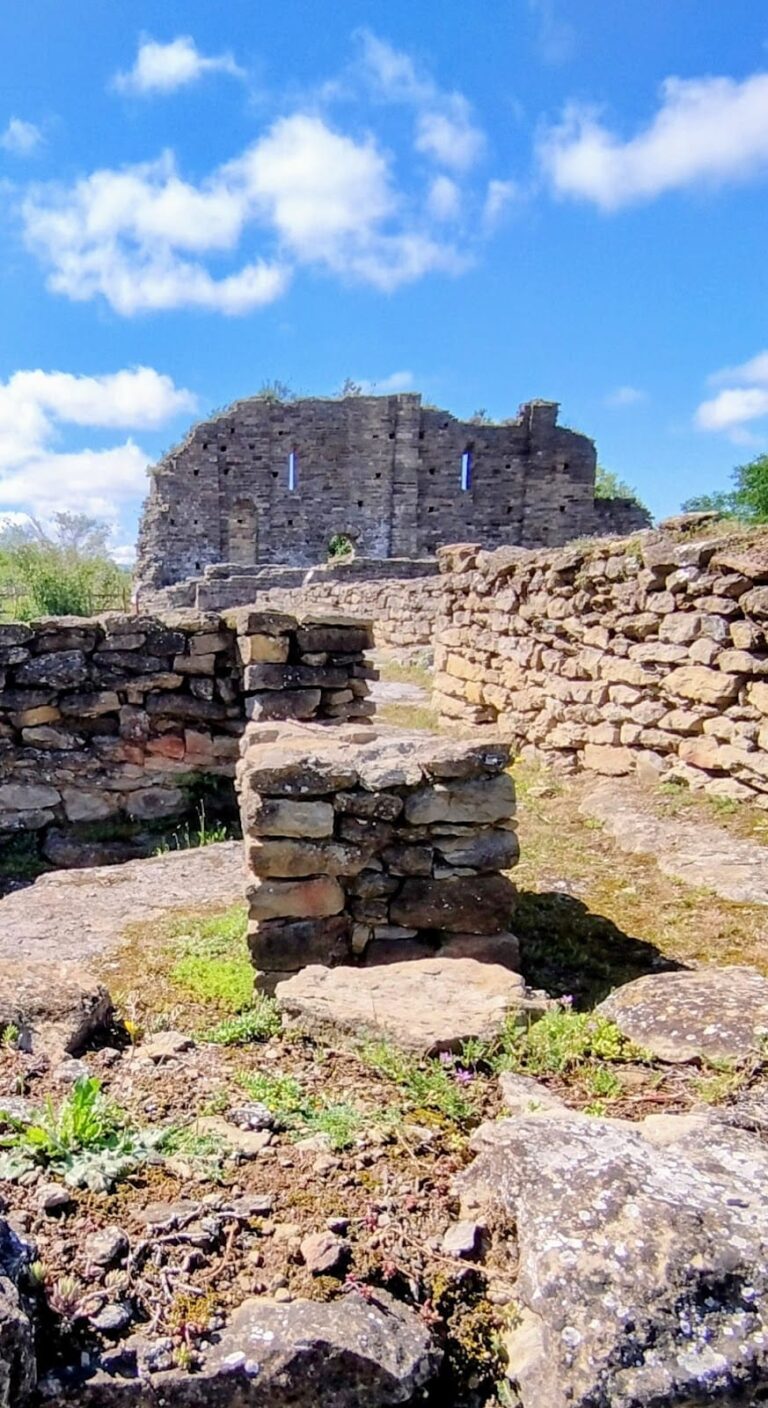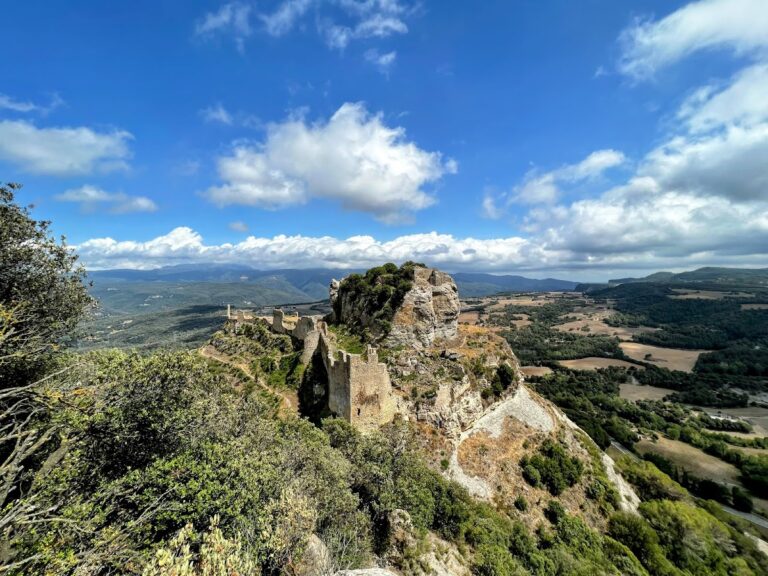Castell de Taradell: A Medieval Catalan Castle in Spain
Visitor Information
Google Rating: 4.6
Popularity: Low
Google Maps: View on Google Maps
Country: Spain
Civilization: Unclassified
Remains: Military
History
Castell de Taradell is located near the municipality of Taradell in modern Spain and was established by the medieval Catalan civilization. The castle first appears in historical records in the year 893 within the Cartulary of the Cathedral of Vic, marking its early significance during the medieval period. Initially, it belonged to the local lords of Taradell, demonstrating its role as a regional stronghold in the early Middle Ages.
Ownership of the castle changed through a series of marriages beginning in 1165 when it passed to the Vilademany family. Later, the Cruïlles family took possession around 1500, followed by the families of Perapertusa in 1619, the viscounts of Joc in 1634, the counts of Aranda in 1721, and finally the dukes of Híjar from 1790. These successive transfers reflect the common medieval practice of territorial consolidation and alliance through marriage.
Though governed locally by the various noble families, the ultimate dominion over the castle belonged to the counts of Barcelona. This overlordship is confirmed by its mention in the dowry arrangements between Count Ramon Borrell and Ermessenda of Carcassonne, who later sold her rights to her grandson, Ramon Berenguer I, in 1057. This places the castle within the broader framework of Catalan political authority during the 11th century.
Constructed primarily for defense and surveillance purposes, Castell de Taradell did not serve as a permanent residence for the nobles. Instead, the local lords lived at the nearby manor of Espinzella. The castle was managed by castellans, who were responsible for its upkeep and security, until the 12th century. However, records show a decline in their presence over time, with the last castellan documented in 1406.
By the 16th century, the castle had lost much of its defensive importance following the erection of the “Torre de la plaça” within the village of Taradell around 1550. This new tower supplanted the need for the older fortification, leading to the castle’s abandonment. During part of that century, the structure found a new role as a farmstead before falling into disuse and ruin. From the 17th century onward, it became deserted and remained in decay until recent efforts were made to stabilize the ruins.
Remains
The remains of Castell de Taradell occupy a rocky summit located 2.2 kilometers southeast of Taradell, at an elevation of 803 meters. The site is notable for being built atop a large natural cave or rock shelter, locally known as a balma, which provided a natural foundation for the construction. The castle’s layout was adapted to the uneven terrain of large rocky outcrops, emphasizing its defensive function.
Among the surviving elements are remnants from the 10th and 11th centuries connected to the castle’s former chapel dedicated to Santa Creu. This chapel, once an integral part of the complex, lies in a severely ruined state, reflecting centuries of exposure and neglect. The construction techniques in this area reveal the medieval masonry typical of its era, though detailed ornamental or inscriptional features are not recorded.
Another prominent feature is a substantial medieval wall extending approximately seventy meters, dating from the 14th century. This wall likely formed part of the castle’s defensive perimeter and remains standing in fragmentary form. Its stone construction demonstrates the fortification style used during that period, aiming to enclose and protect the site.
Over time, the structure has undergone some consolidation efforts aimed at preserving the fragile remnants. Today, what remains offers a glimpse into the castle’s original military role while illustrating the natural integration of the building with its rugged environment. The chapel area’s ruinous condition contrasts with the relatively better-preserved wall, together conveying the complex history of building, abandonment, and partial preservation at Castell de Taradell.










